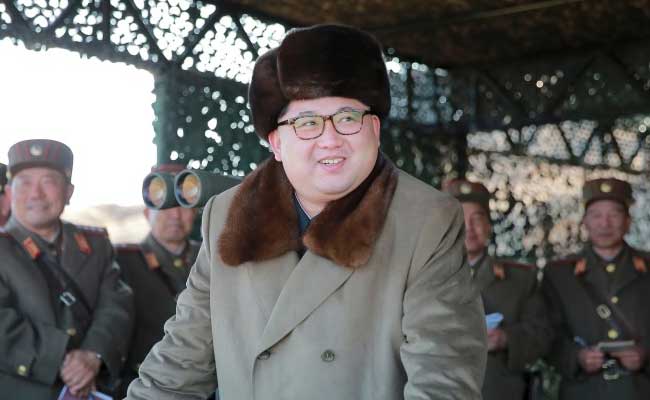
North Korea has publicized a series of tests of its weapons technology since detonating its fourth nuclear bomb on Jan. 6.
North Korea has publicized a series of tests of its weapons technology since detonating its fourth nuclear bomb on Jan. 6, showcasing its push to develop long-range nuclear missiles despite international sanctions.
Brian McKeon, U.S. principal deputy undersecretary of defense for policy, told a U.S. Senate hearing that North Korea’s nuclear and missile program posed a growing threat to the United States and its allies in East Asia.
He said North Korea was seeking to develop longer-range nuclear ballistic missiles capable of hitting the United States and was working to make its KN-08 road-mobile ICBM operational.
“Although the reliability of an untested North Korean ICBM is likely to be very low, North Korea has used its Taepodong-2 launch vehicle to put a satellite into orbit, thus demonstrating technologies applicable to a long-range missile,” he said, referring to a North Korean rocket launch last month.
Admiral Bill Gortney, the officer responsible for defending U.S. air space, told the same hearing that while U.S. intelligence assessments were that North Korea’s ability to hit the United States was low, it was prudent to assume it had the capability.
“We don’t base our readiness levels on that low probability … We are prepared to engage that particular threat,” he said.
“Eventually, we assess that this low probability will increase, that’s why the investment to have us outpace that technology is absolutely critical.”
Gortney said he agreed with a South Korean assessment that North Korea was capable of putting a nuclear warhead on a medium-range missile that would reach all of South Korea and most of Japan.
He also said he thought it “safe to say” that North Korea’s neighbour and traditional ally, China, no longer exerted the level of potential controlling influence it once had now that current North Korean leader Kim Jong Un was in power.
Gortney said the U.S. ICBM assessment was based on the fact that no tests had been observed of such a missile.
“However … the (Taepodong-2) shows that they have the capability and so you put that capability with the road-mobile capability, with the right engines, with a design of a re-entry vehicle, with a nuclear weapon, and a miniaturization; it’s only a matter of time before they put it together.”
On Saturday, North Korea said it had carried out a successful test of a new ICBM engine and there is an increasing feeling among international arms experts that the country’s missile technology may be more advanced than previously thought.
A U.S. government source told Reuters this week North Korea could have a primitive but operable ICBM “later this decade.”



